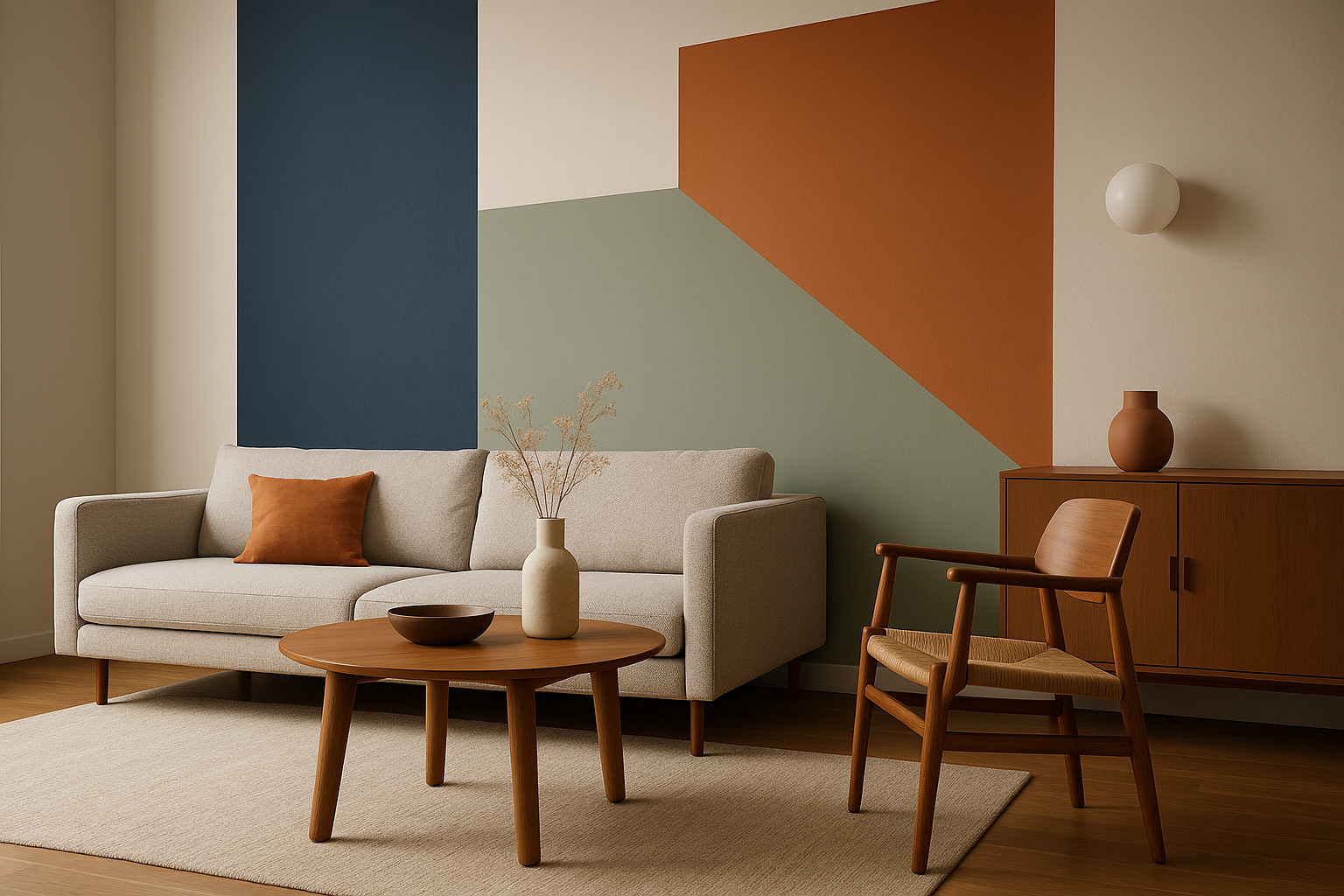"Subtle Color Blocking: The Modern Approach to Interior Design"
Introduction: With the quest for uniqueness in interior design, homeowners are constantly seeking new ways to express their style and personality. One emerging trend is color blocking—an artful way to infuse vibrant hues into living spaces. This design technique is not only visually appealing but also an expression of the homeowner's character and creativity.

The Intricacies of Color Blocking: A Historical Overview
Color blocking originated in the world of fashion, with the Dutch artist Piet Mondrian as one of its pioneers. Mondrian’s geometric compositions of primary colors against a white background paved the way for the technique’s eventual transition into interior design. Today, color blocking has taken a modern twist, moving from bold contrasts to more subtle, nuanced combinations.
Navigating Today’s Color Blocking Trends
In contemporary interior design, color blocking is utilized in a more refined manner. Designers now explore tonal color blocking, which involves using different shades of the same color to create a layered, sophisticated look. This harmonious approach allows for endless creativity while maintaining an overall cohesion in the room.
The Practicality of Color Blocking: Enhancing Daily Living
The beauty of color blocking lies in its flexibility—it can be adapted to any space, regardless of size or style. It’s a practical design solution that can revitalize a room, create visual interest, and influence mood. For instance, warm tones can create a cozy atmosphere, while cool hues can evoke a sense of calm.
The Market Trends: Color Blocking’s Impact on the Design Industry
The popularity of color blocking has surged in recent years, influencing everything from furniture to home accessories. Paint companies, too, are responding to this trend by offering pre-selected color palettes for homeowners interested in this design technique. Its influence even extends to the digital world, with mobile apps offering virtual color blocking experiences.
The Art of Implementing Color Blocking: Expert Techniques
Successfully implementing color blocking requires an understanding of color theory. Start with a base color, then select complementary or analogous colors to create a harmonious scheme. It’s also important to consider the room’s function and the emotions you want to evoke. Remember, color blocking is about creating a balance—while it’s an opportunity to play with color, it should also enhance, not overpower, the overall design of the room.
In conclusion, color blocking, when done right, can transform a space from ordinary to extraordinary. Its ability to create unique, personalized interiors makes it a compelling trend in today’s design landscape. Whether you’re a design enthusiast or a homeowner seeking a fresh look, color blocking offers a world of possibilities for expressing individual style and creativity.



